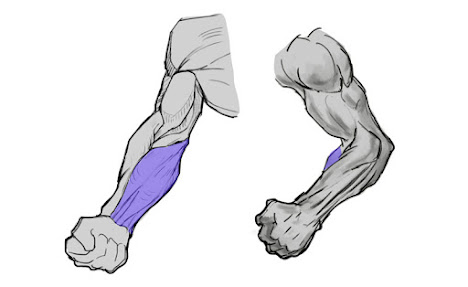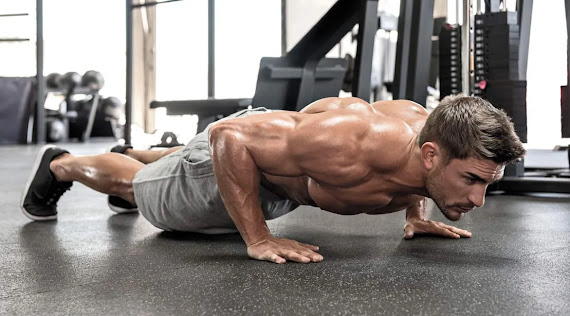Are Forearm Hard to Grow?
Growing your forearm muscles can indeed be a challenge for many people, but with the right approach and dedication, significant progress can be made. Here's a breakdown of how to effectively train and grow your forearm muscles:
Understand Forearm Anatomy
To effectively train any muscle group, it's crucial to understand its anatomy. The forearm consists of several muscles, including the wrist flexors (which help flex the wrist), wrist extensors (which help extend the wrist), and forearm pronators and supinators (which help rotate the forearm).
Compound Exercises
Compound exercises that involve gripping or pulling can effectively engage the forearm muscles. These include:
1. Deadlifts: Traditional deadlifts are excellent for overall strength development, including the forearms. The grip strength required to hold onto the bar during deadlifts can significantly impact forearm growth.
2. Pull-Ups/Chin-Ups: These exercises engage the forearm muscles as stabilizers and also develop grip strength. You can vary your grip width and hand position to target different parts of the forearm.
3. Rows: Both barbell and dumbbell rows engage the forearm muscles as secondary stabilizers. Focus on maintaining a strong grip throughout the movement.
Isolation Exercises
Isolation exercises specifically target the forearm muscles:
1. Wrist Curls: Wrist curls can be performed with a barbell, dumbbells, or a wrist roller. Sit or stand with your arms extended and palms facing up. Curl the weight upward using only your wrists, then slowly lower it back down.
2. Reverse Wrist Curls: Similar to wrist curls, but with the palms facing down. This targets the wrist extensors.
3. Wrist Roller: A wrist roller is a simple device consisting of a stick and a rope or chain attached to a weight. Roll the weight up and down using only your wrist strength.
Grip Training
Improving grip strength is crucial for forearm development. Consider incorporating these grip training exercises:
1. Plate Pinches: Hold two weight plates together (smooth sides out) and pinch them with your fingers. Hold for as long as possible.
2. Farmers Walk: Hold a heavy dumbbell or kettlebell in each hand and walk for a certain distance or time. This not only strengthens the grip but also engages the forearms as stabilizers.
3. Grip Strengtheners: Use grip strengtheners or stress balls to work on forearm endurance and strength.
Progressive Overload
Like any other muscle group, progressive overload is essential for forearm growth. Gradually increase the weight or resistance as you get stronger to continue challenging your muscles.
Consistency and Recovery
Consistent training and adequate recovery are key. Aim for 2-3 forearm-focused workouts per week, allowing at least 48 hours of rest between sessions to allow for muscle recovery and growth.
Proper Nutrition
Make sure to consume an adequate amount of protein and overall calories to effectively support muscle growth and recovery. Also, stay hydrated, as proper hydration is essential for muscle function and recovery.
Conclusion



Comments
Post a Comment